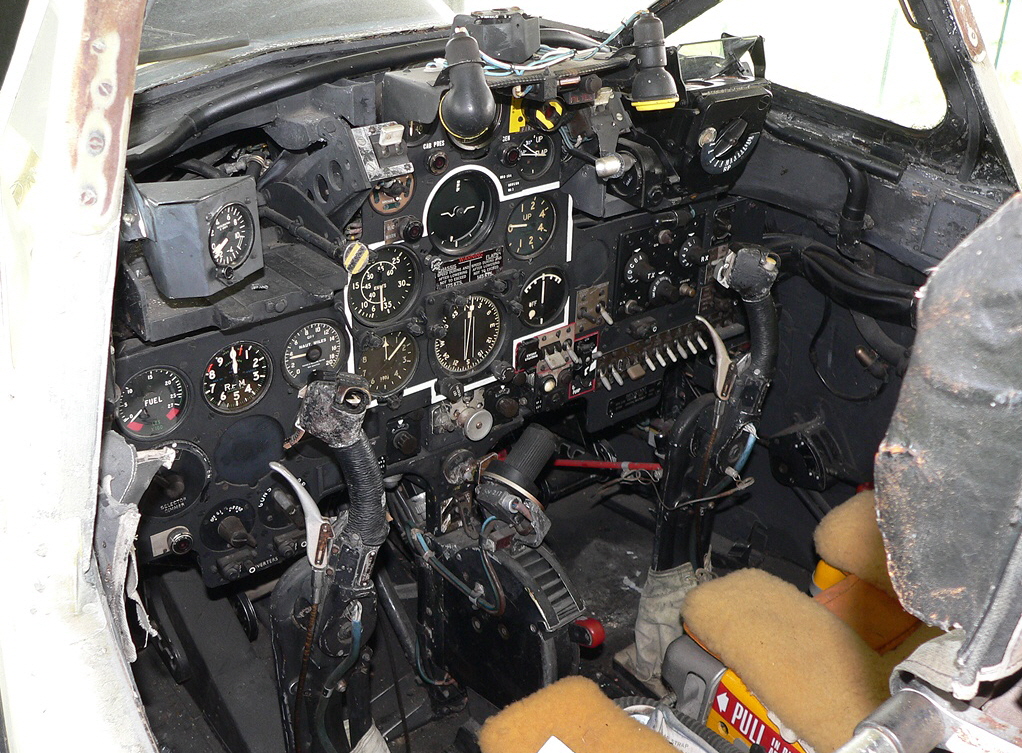 The de Havilland DH100 Vampire was a jet-engine fighter commissioned by the Royal Air Force during the Second World War. Following the Gloster Meteor, it was the second jet fighter to enter service with the RAF. Although it arrived too late to see combat during the war, the Vampire served with front line RAF squadrons until 1953 and continued in use as a trainer until 1966, although generally the RAF relegated the Vampire to advanced training roles in the mid-1950s and the type was generally out of RAF service by the end of the decade. The Vampire also served with many air forces world-wide, setting aviation firsts and records.
The de Havilland DH100 Vampire was a jet-engine fighter commissioned by the Royal Air Force during the Second World War. Following the Gloster Meteor, it was the second jet fighter to enter service with the RAF. Although it arrived too late to see combat during the war, the Vampire served with front line RAF squadrons until 1953 and continued in use as a trainer until 1966, although generally the RAF relegated the Vampire to advanced training roles in the mid-1950s and the type was generally out of RAF service by the end of the decade. The Vampire also served with many air forces world-wide, setting aviation firsts and records.
The Vampire was considered to be a largely experimental design due to its unorthodox arrangement and the use of a single engine, unlike the Gloster Meteor which was already specified for production. The low-powered early British jet engines meant that only twin-engine aircraft designs were considered practical; vamp cockpitbut as more powerful engines were developed, particularly Frank Halford's H.1 (later known as the Goblin), a single-engined jet fighter became more viable. De Havilland were approached to produce an airframe for the H.1, and their first design, the DH99, was an all-metal, twin-boom, tricycle undercarriage aircraft armed with four cannon. The use of a twin boom (similar to that of the Lockheed P-38) kept the jet pipe short which avoided the power loss of a long pipe that would have been needed in a conventional fuselage.
The final Vampire was the T (trainer) model, the T11, a two-seat training version for the RAF. Powered by a Goblin 35 turbojet engine; 731 were built by DH and Fairey Aviation. First flown in 1950, the T models remained in service with the RAF until 1966. There was a Vampire trainer in service at Central Flying School RAF Little Rissington until at least January 1972.
3,268 Vampires were built, a quarter of them under licence in other countries. The Vampire design was also developed into the de Havilland Venom fighter-bomber as well as naval Sea Vampire variants

